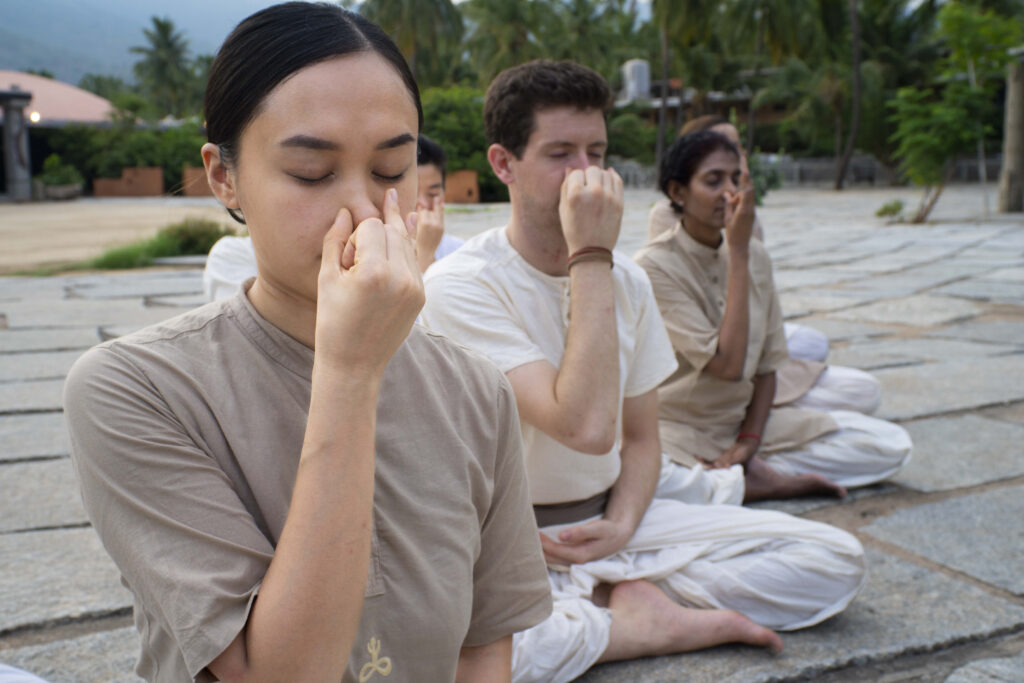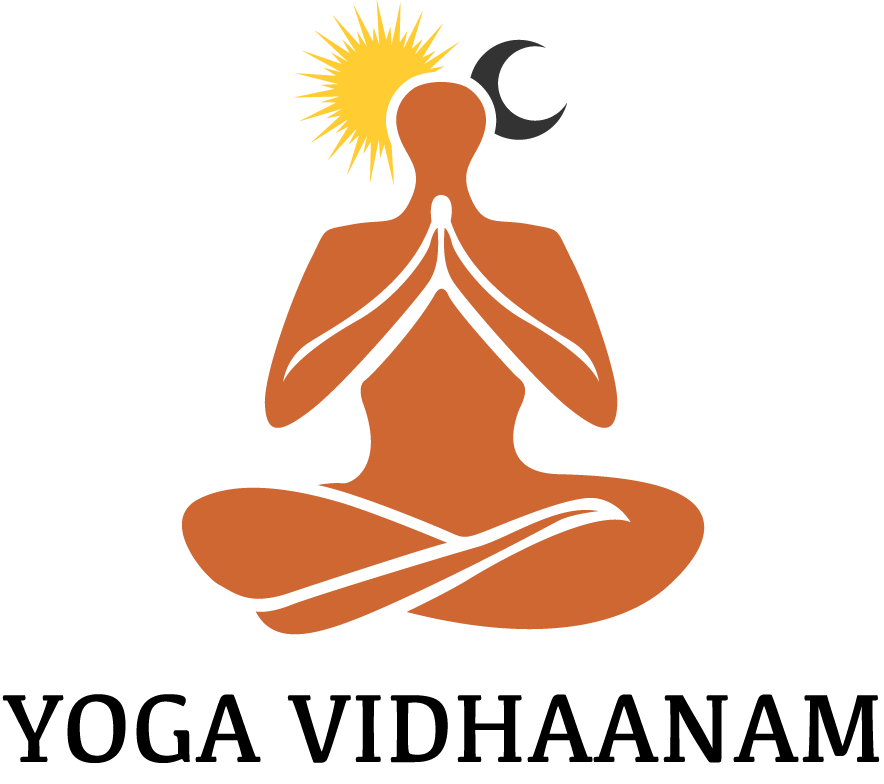Beginner’s Guide to Practicing Hatha Yoga: Essential Tips and Techniques

Beginner’s Guide to Practicing Hatha Yoga: Essential Tips and Techniques
Starting a yoga practice can feel overwhelming, but Hatha Yoga offers an accessible introduction to a balanced, mindful lifestyle. Focusing on alignment, breath, and foundational postures, Hatha Yoga is ideal for beginners who want to build strength, flexibility, and mental clarity. This guide covers everything you need to know to start Hatha Yoga with confidence and ease.
What is Hatha Yoga?
Hatha Yoga is one of the oldest forms of yoga, emphasizing physical postures, breathing techniques, and mindfulness to harmonize the body and mind. Unlike fast-paced styles like Vinyasa or Power Yoga, Hatha Yoga involves slower, deliberate movements that allow you to focus on alignment and build a strong foundation. It’s an ideal style for beginners, as it introduces basic principles and prepares practitioners for more advanced yoga practices.
Key Benefits for Beginners
Hatha Yoga provides multiple benefits for beginners, both physically and mentally:
Improved Flexibility: With regular practice, you’ll gradually increase flexibility in areas like the hamstrings, shoulders, and spine.
Enhanced Strength and Balance: Hatha Yoga builds muscle strength, promoting stability and balance without the strain of high-intensity workouts.
Mental Clarity and Focus: Focusing on breath and movement helps reduce stress and fosters a sense of calm and mental clarity.
Essential Hatha Yoga Techniques for Beginners
Here are a few foundational Hatha Yoga poses and breathing techniques to help you get started:
Mountain Pose (Tadasana)
Stand tall with feet hip-width apart, grounding through each foot. Engage your core, lift the chest, and relax your shoulders. This pose helps establish balance and alignment.
Forward Fold (Uttanasana)
From Mountain Pose, hinge forward at the hips, allowing the head and arms to hang down. Uttanasana stretches the hamstrings and relaxes the spine.
Warrior II (Virabhadrasana II)
Step one foot back, bend the front knee, and extend your arms parallel to the floor. This pose builds leg strength and encourages focus.
Breathing Technique: Diaphragmatic Breathing
Lie down or sit comfortably, place your hand on your belly, and breathe deeply through the diaphragm. This calms the nervous system, promoting relaxation.
Tips for Building a Sustainable Practice
Starting a new routine can be challenging, but these tips will help you create a consistent Hatha Yoga practice:
Set Realistic Goals: Begin with short sessions, like 15 minutes a day, and gradually increase as you feel comfortable.
Create a Comfortable Space: Dedicate a quiet, clutter-free area in your home where you can practice daily.
Prioritize Breath: Hatha Yoga emphasizes breath control, so remember to breathe mindfully in each pose.
Stay Patient: Progress may be slow, but consistency brings benefits over time. Avoid comparing yourself to others.
Common Mistakes to Avoid
Overstretching: New practitioners often push too hard, leading to injury. Focus on gentle stretching and let flexibility build naturally.
Ignoring Alignment: Proper alignment prevents strain, so follow instructions carefully and consider checking in with a certified instructor.
Rushing Through Poses: Hatha Yoga is a slow, mindful practice. Move slowly and focus on each movement.
Final Thoughts
Hatha Yoga provides a welcoming introduction to yoga. With a focus on alignment, breathing, and mindfulness, beginners can build a solid foundation that supports physical and mental well-being. Start your Hatha Yoga journey with patience, dedication, and a willingness to grow. Embrace each pose as a step toward a more balanced, fulfilling life.
These blogs are structured to be SEO-friendly and offer value to beginners and those curious about the transformative effects of Hatha Yoga. Let me know if you’d like adjustments or additional blogs!
